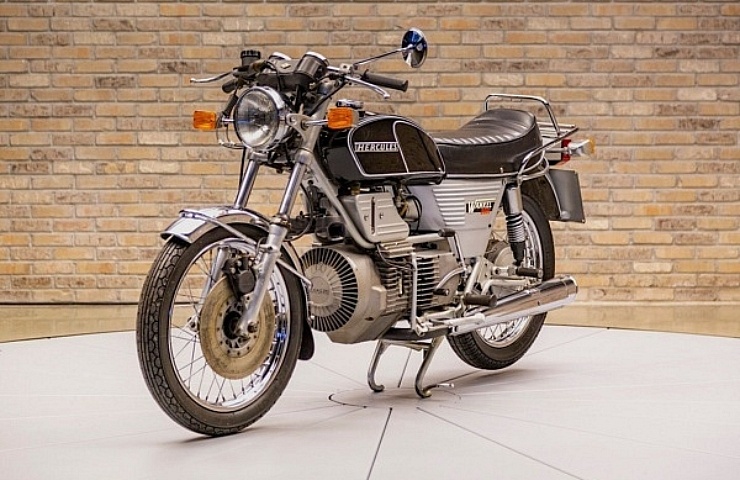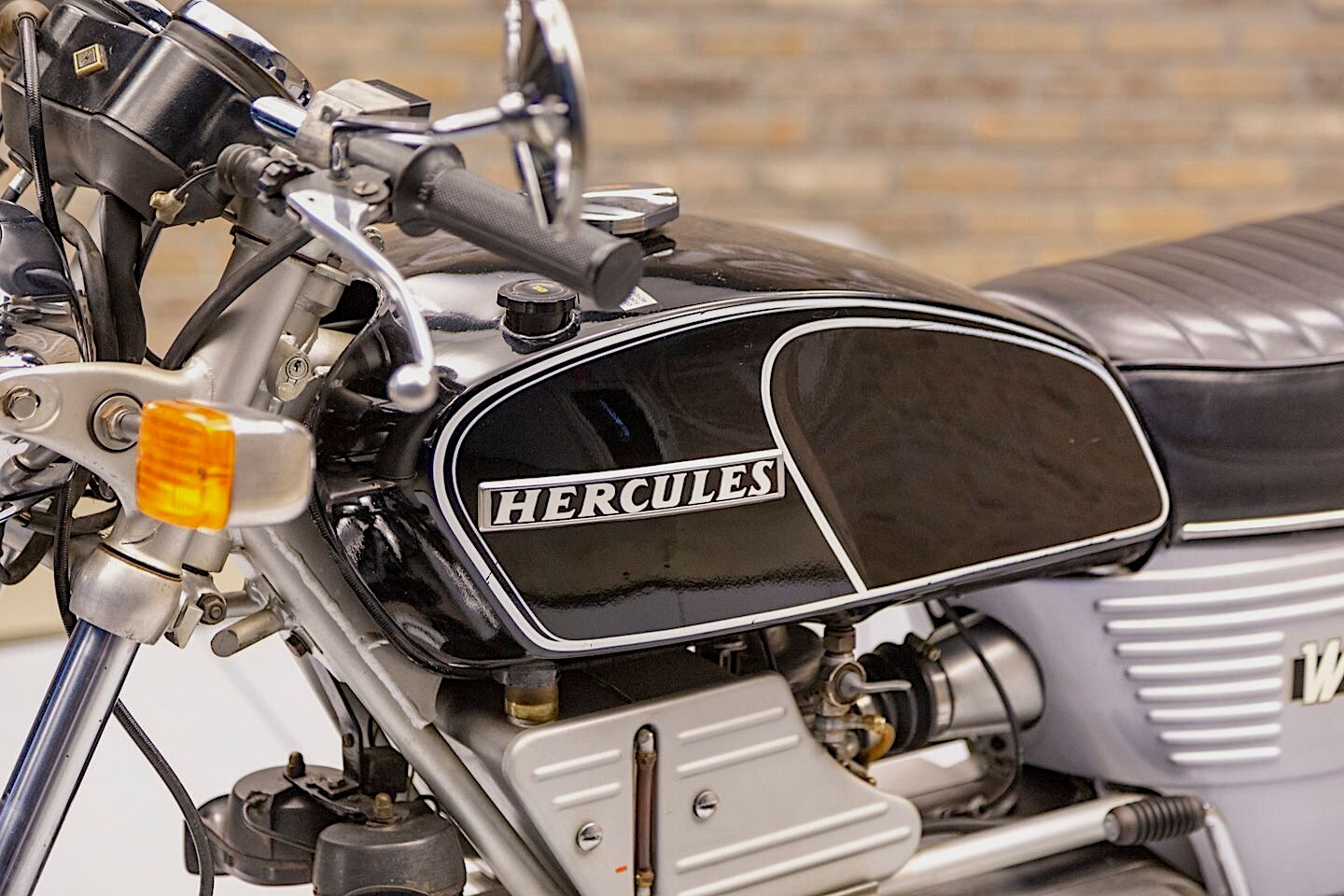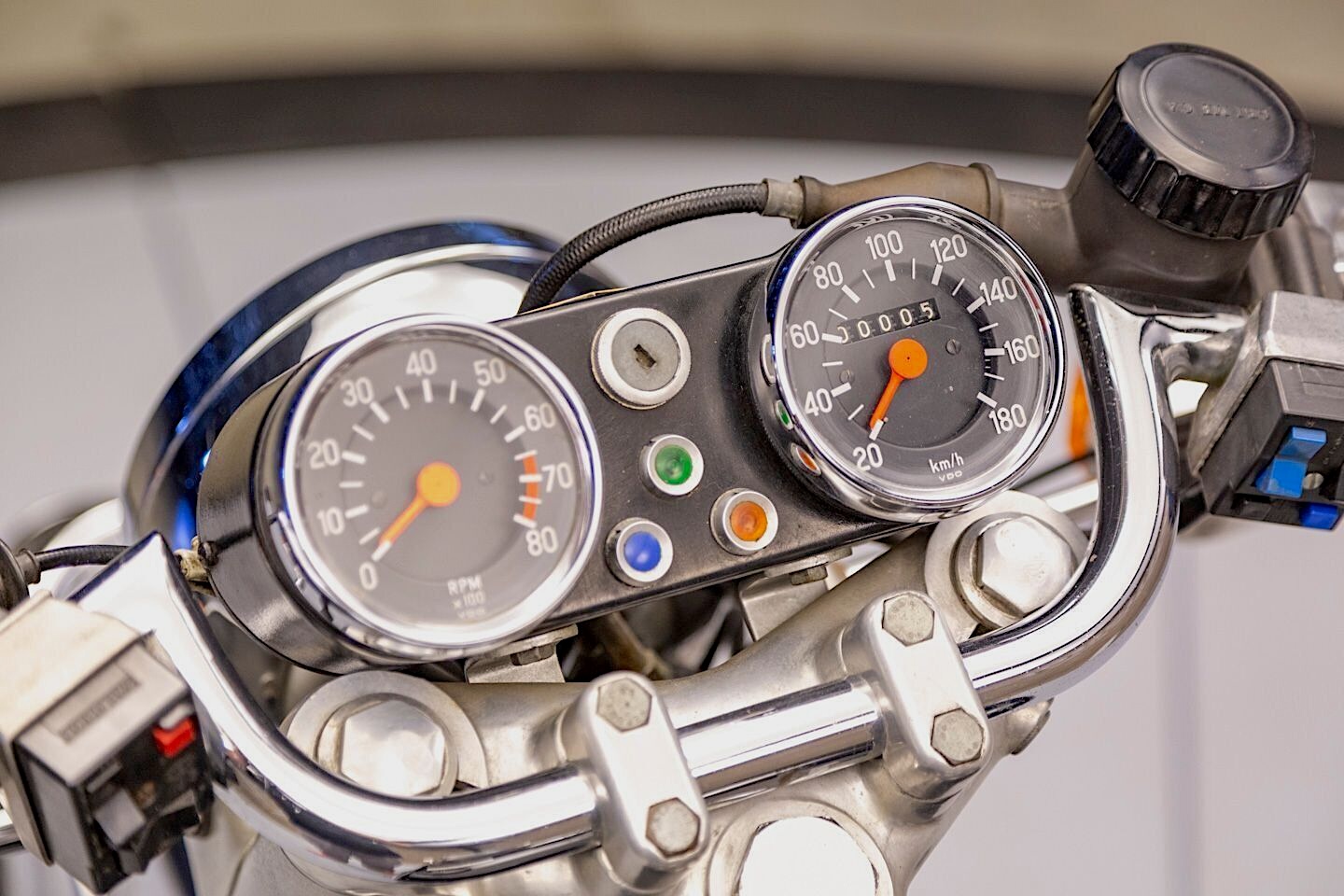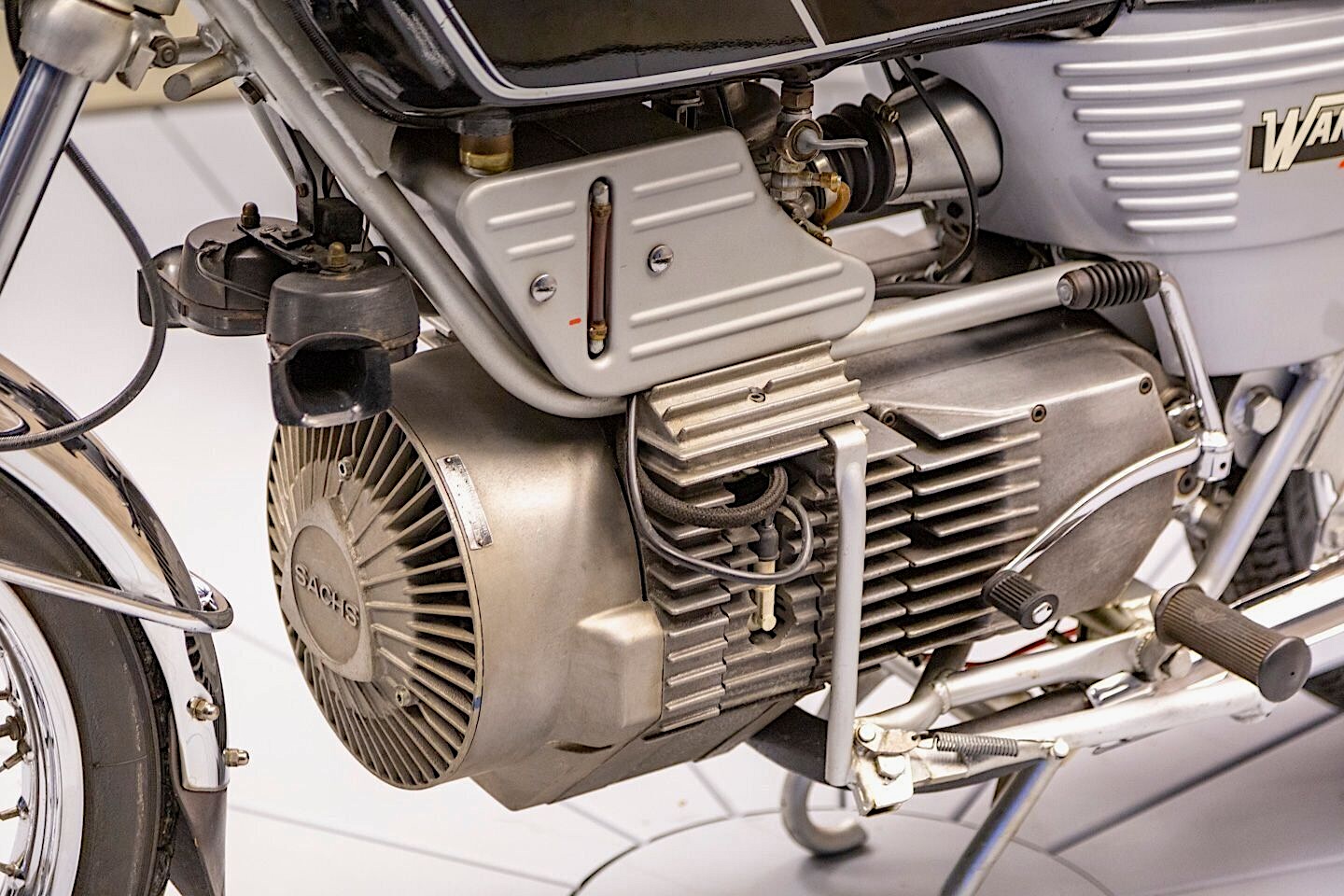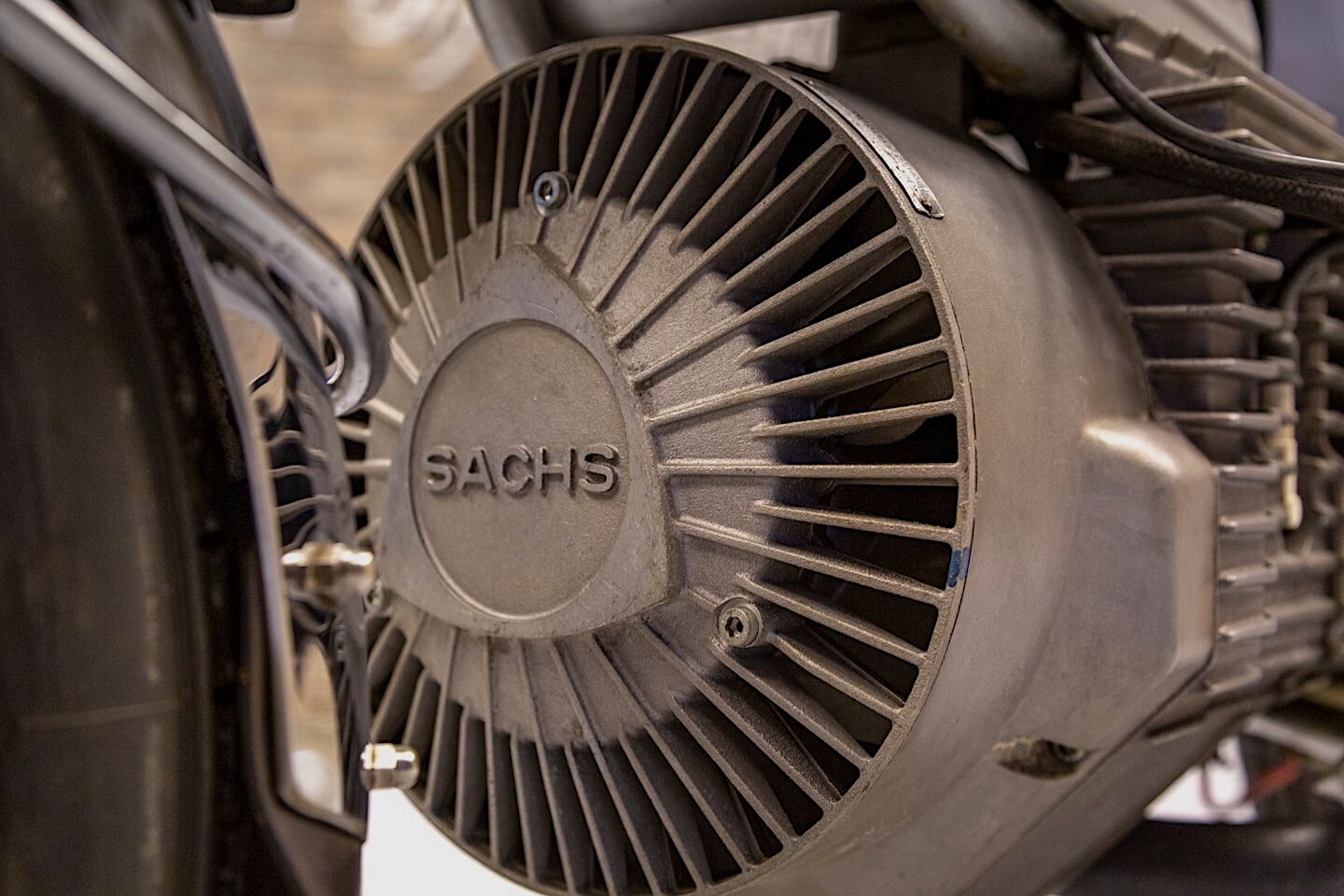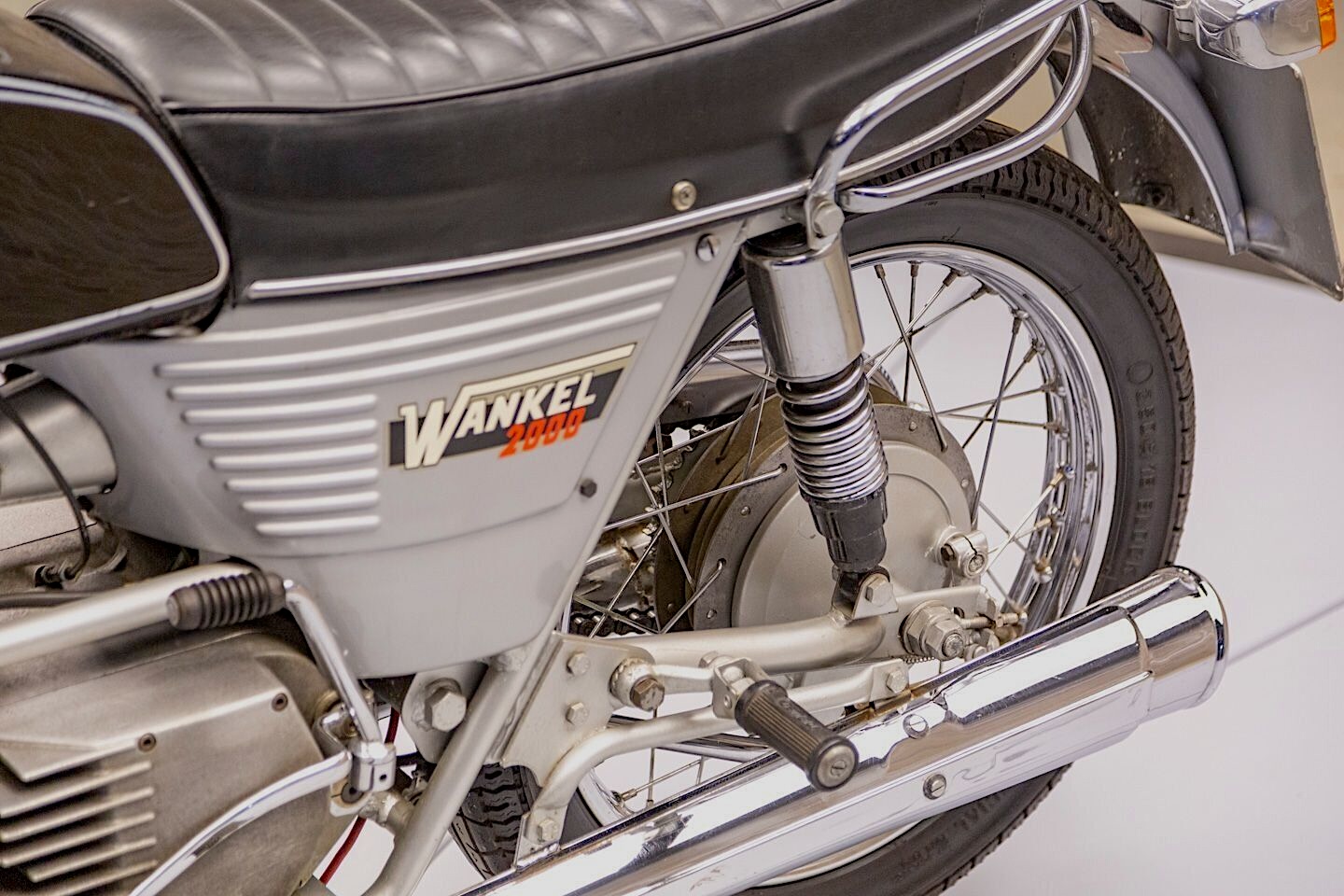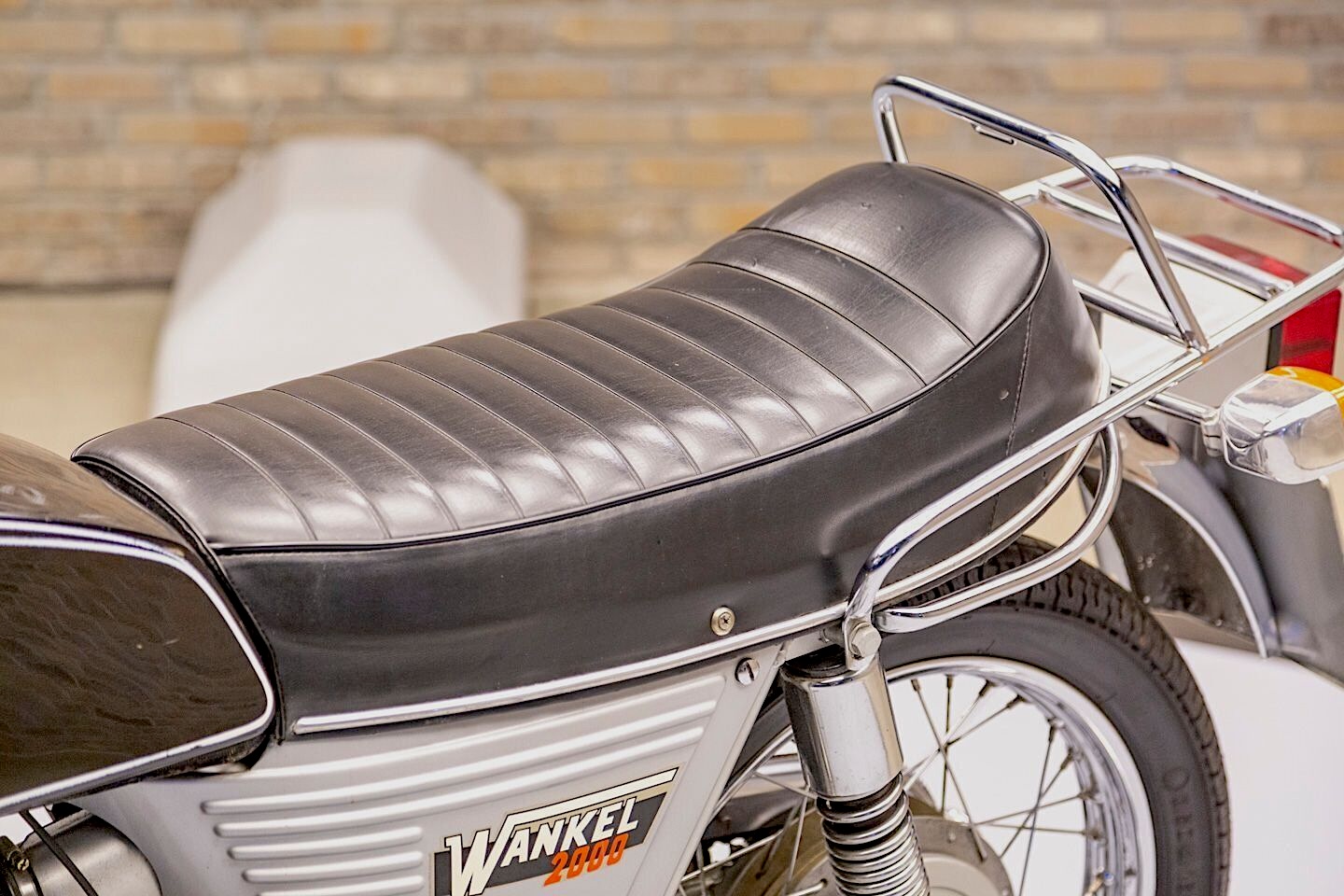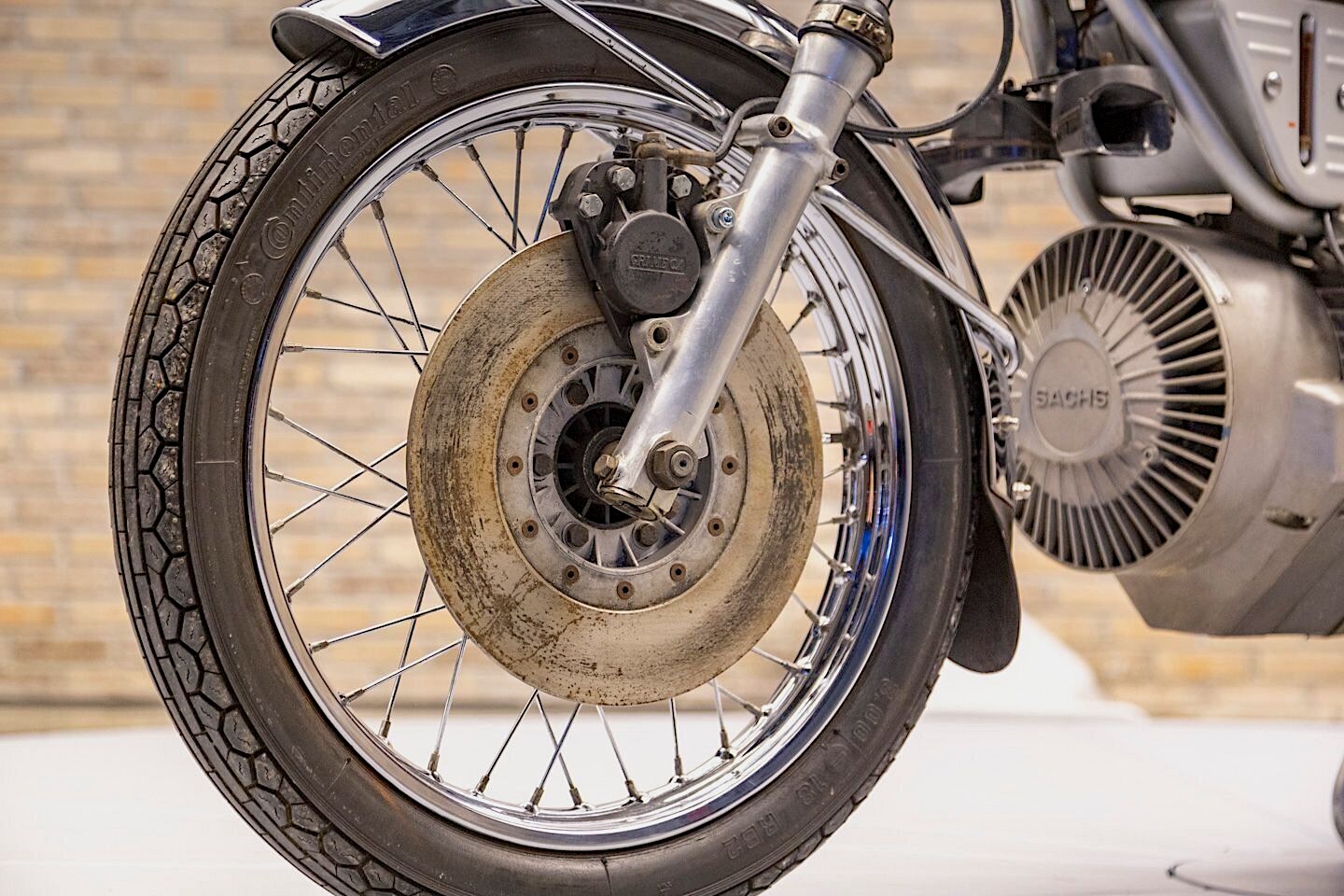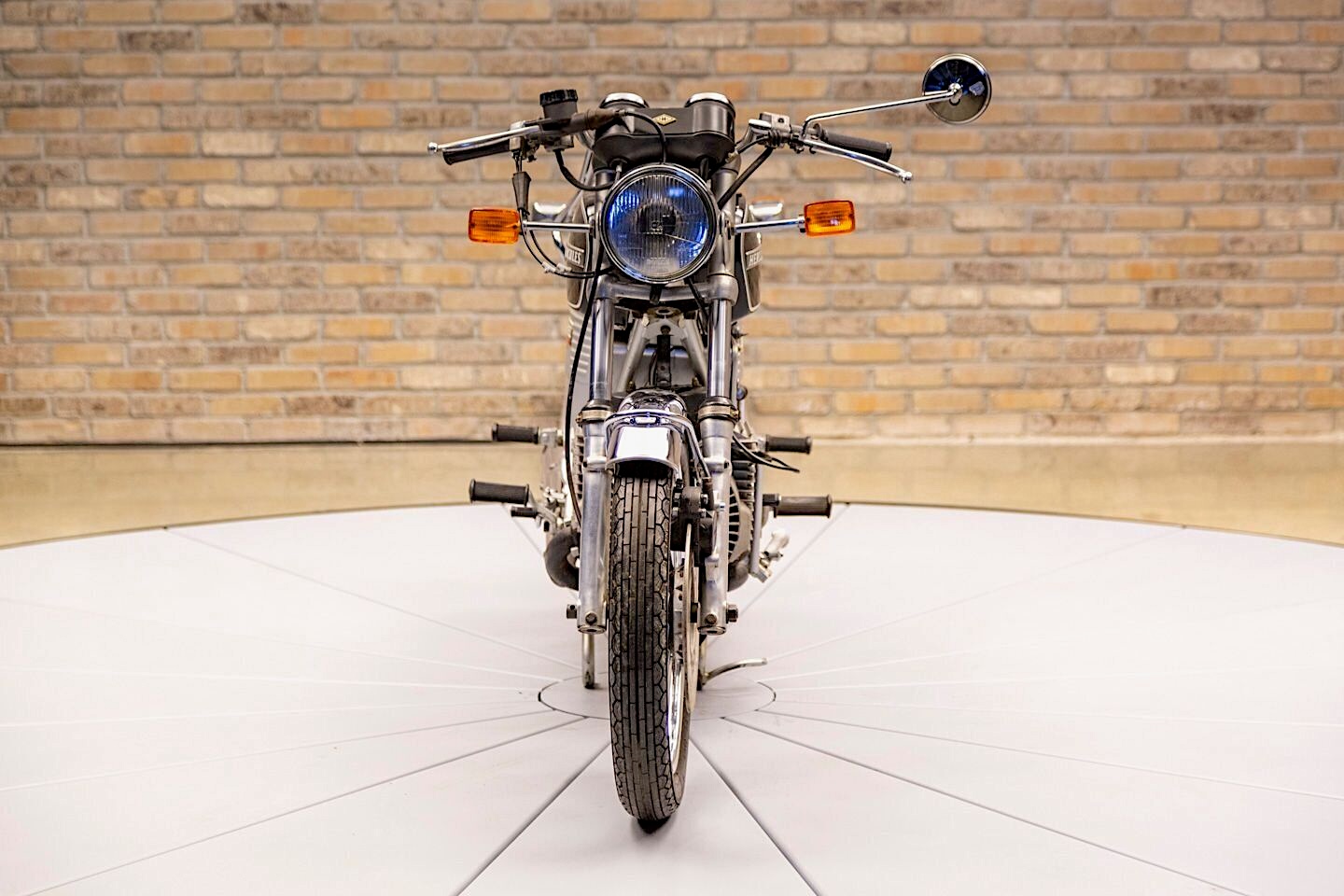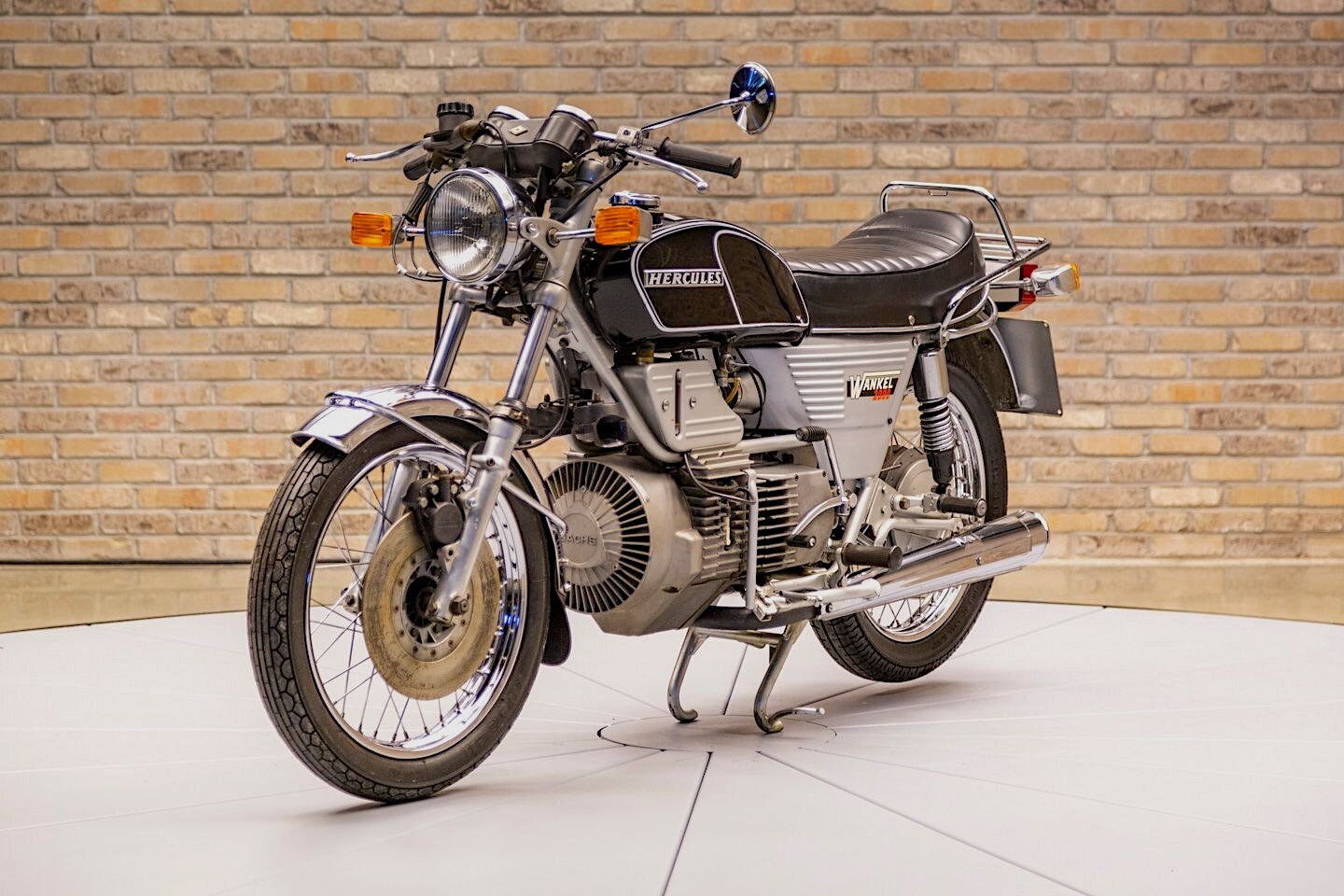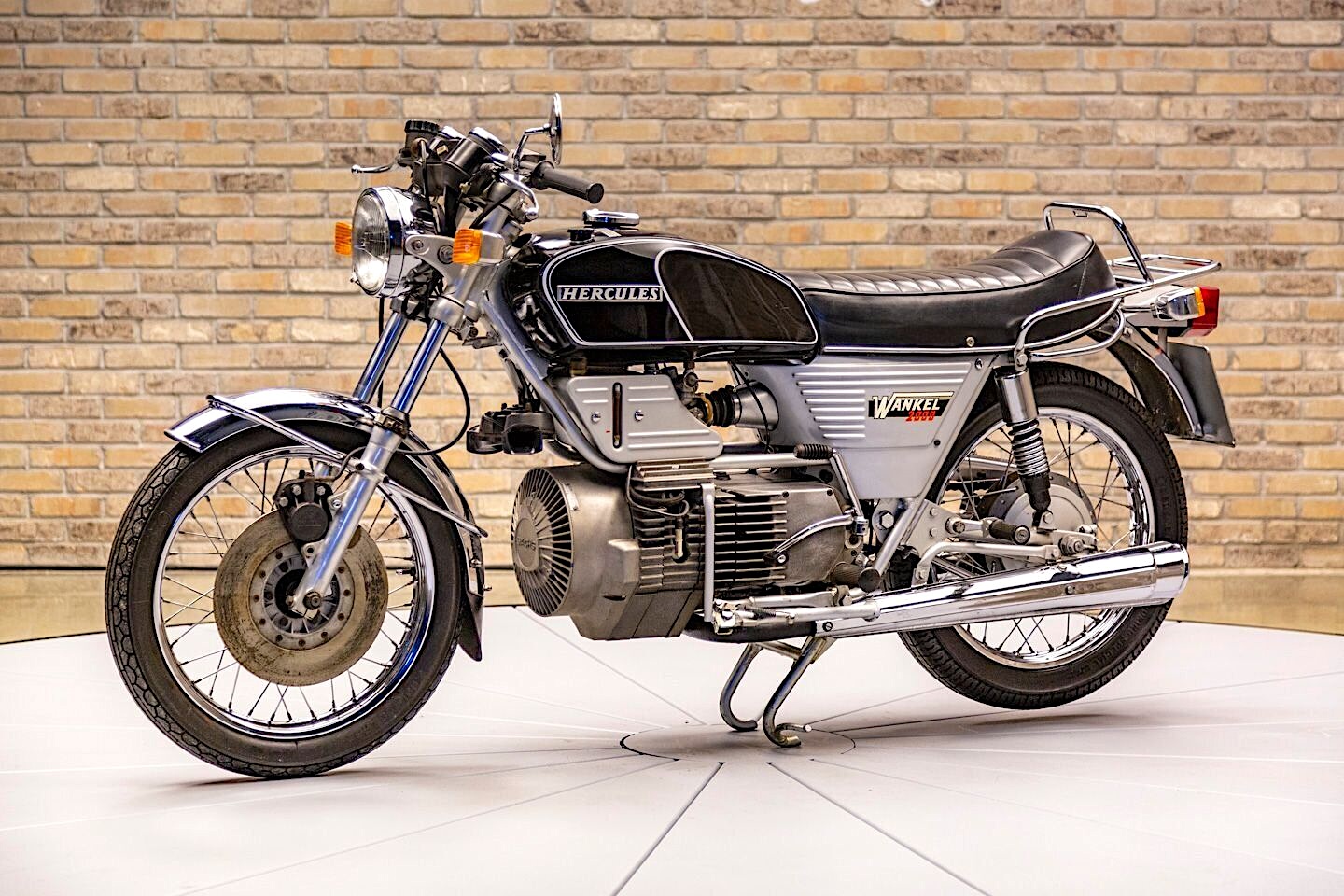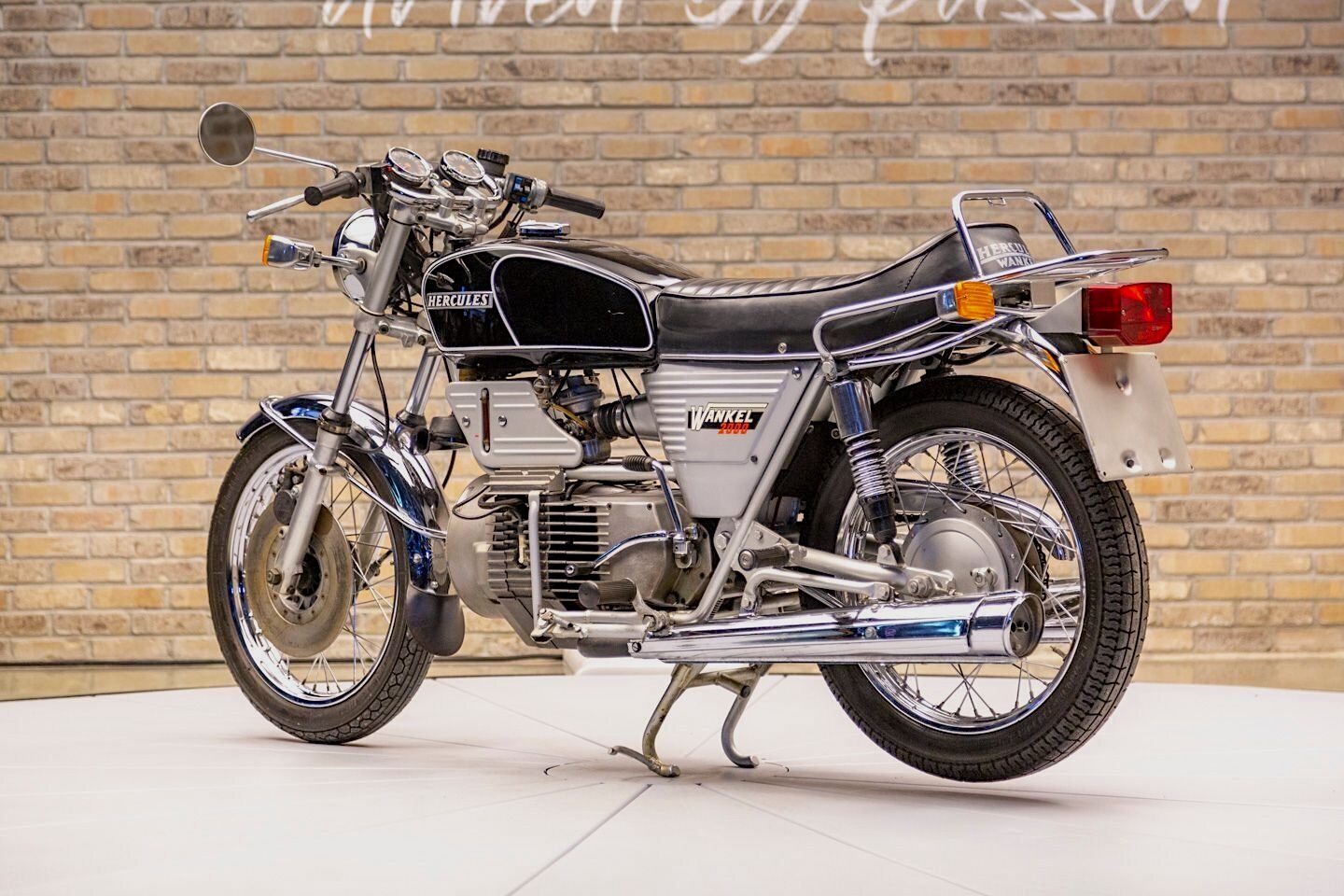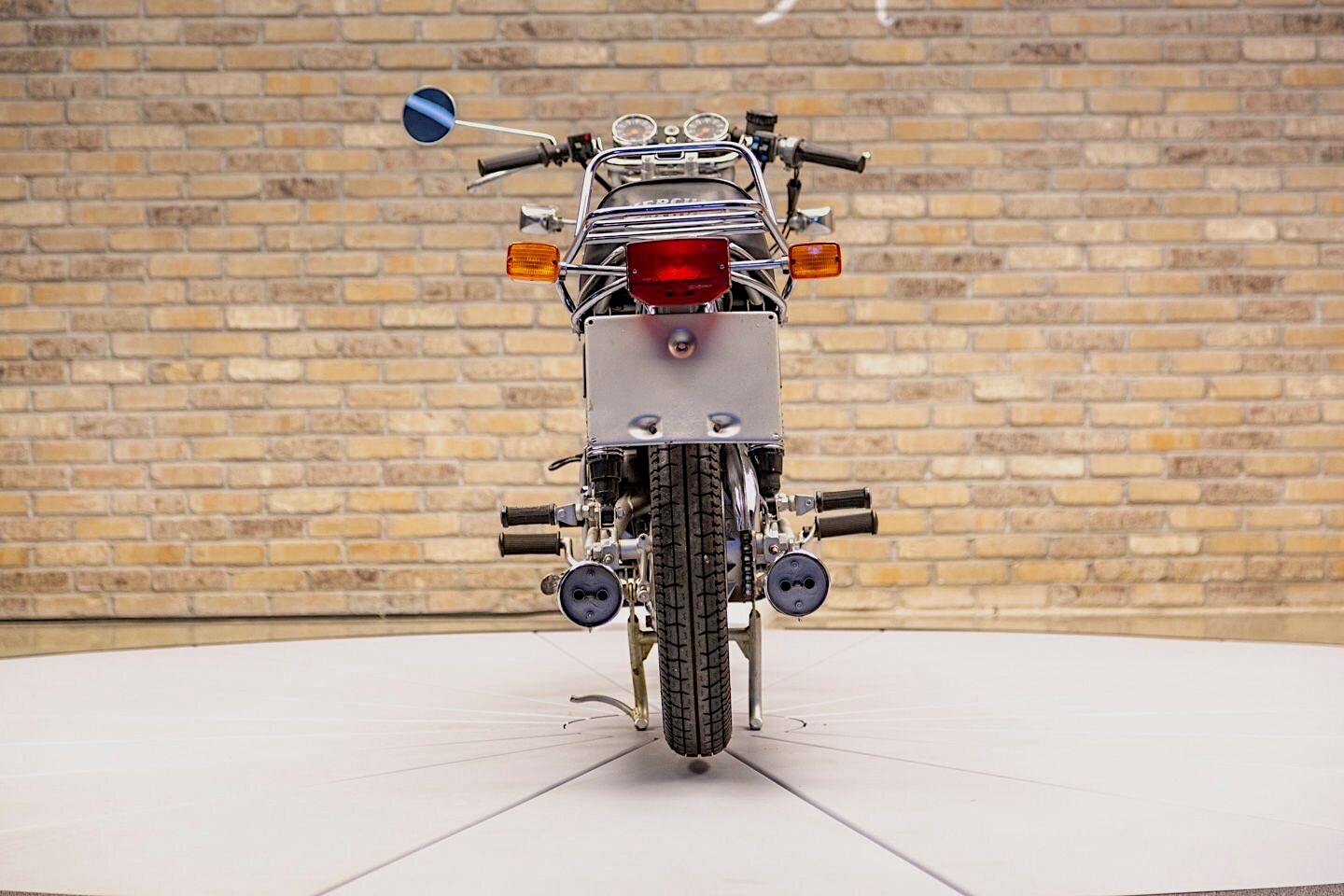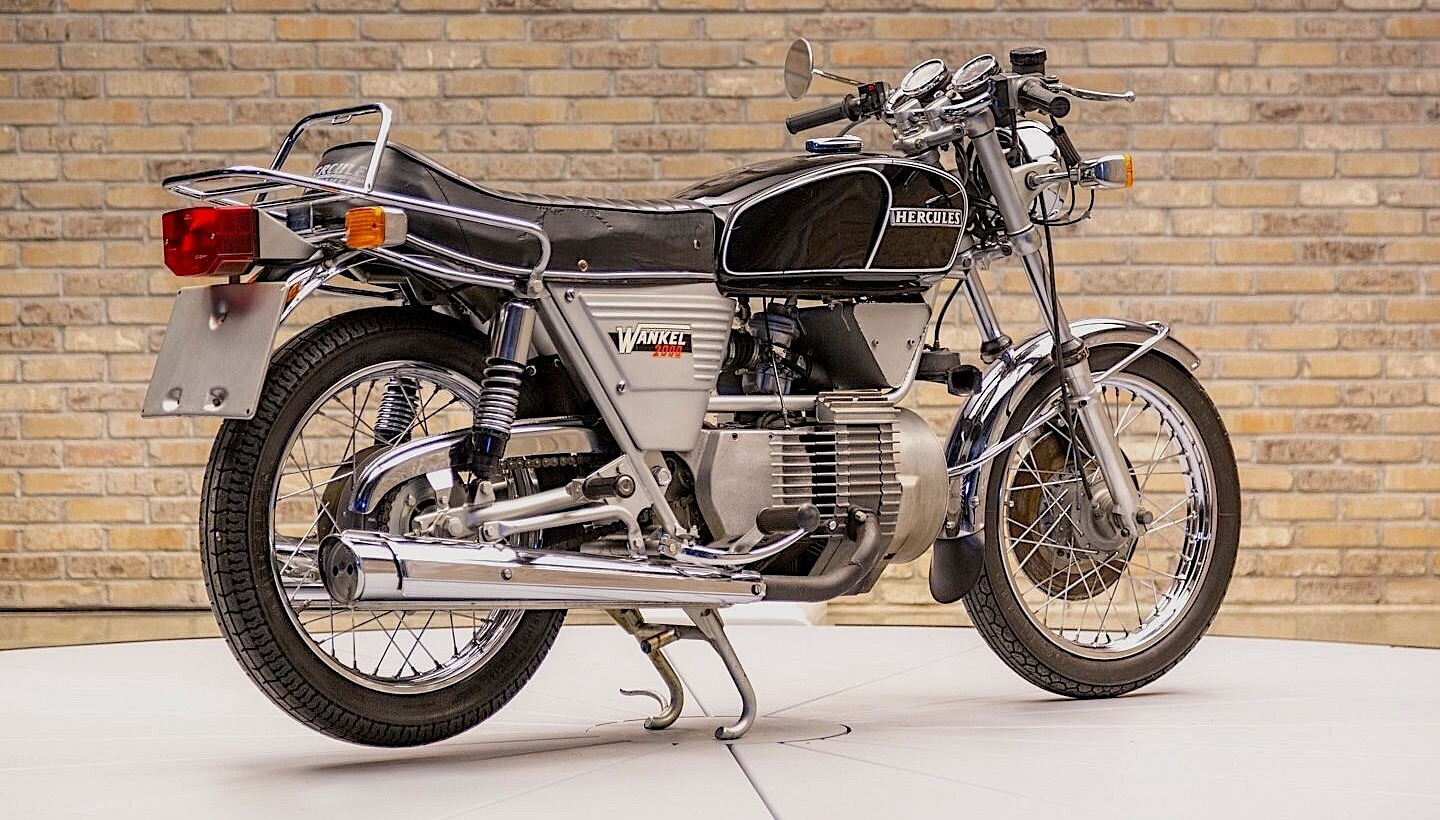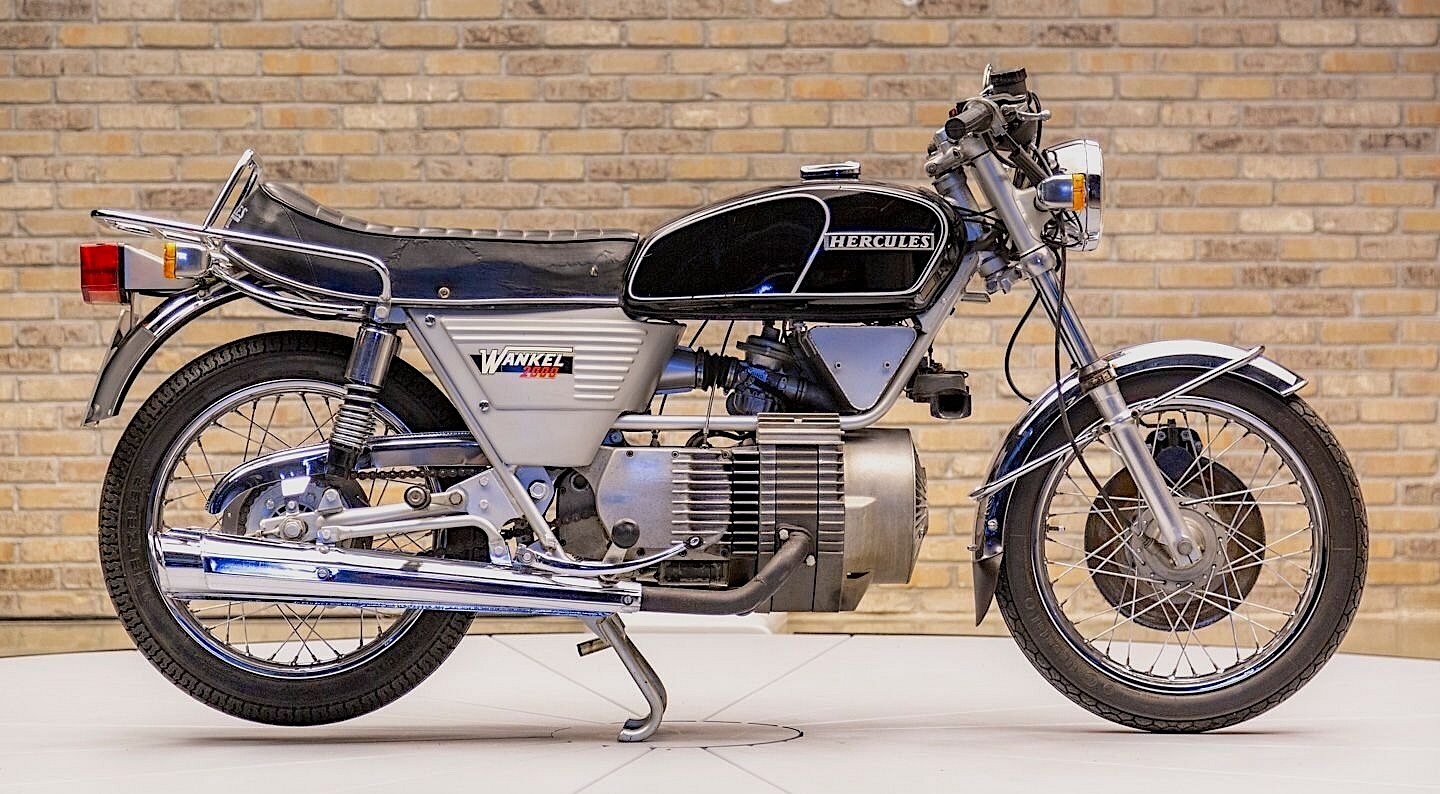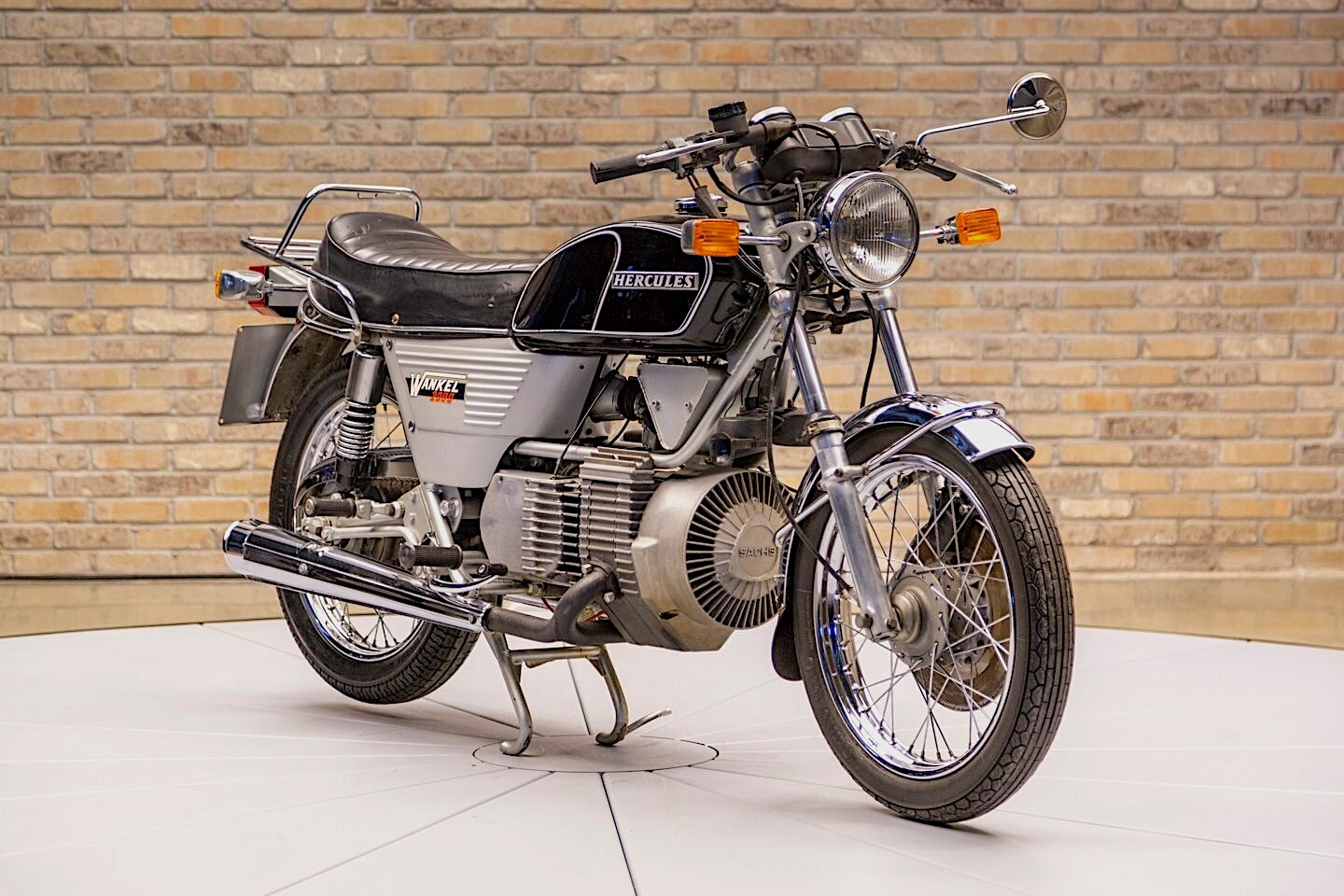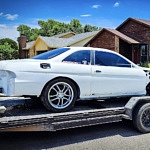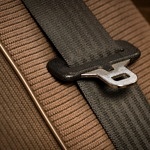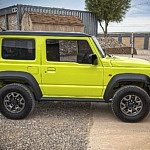Like turbochargers, time has shown that rotary engines and motorcycles weren’t meant for each other. The Hercules W2000 recently listed on eBay wasn’t a hit in its day, but it represents a fascinating opportunity today.
Shop now for '70s motorcyclesWhy Rotary?
In the early 1960s, prominent German motorcycle manufacturer Hercules was acquired by Fichtel and Sachs, successful builders of two-stroke motors for a range of applications. Fichtel and Sachs had a license from Wankel (builders of rotary engines). As the decade grew older and Japan got serious about its involvement, a general fascination with innovation led to the concept of a rotary-powered motorcycle.
Rotary engines run on a four-stroke cycle, but there are no pistons, valves, connecting rods, or crankshaft. In fact, the Wankel rotary uses only three main moving parts. Here’s a brief video from the Engineering Explained archives:
So, the big advantage of a rotary is that it is very light and compact and should produce way more power per cc than a conventional pistons-and-crank engine. In fact, the 294-cc single-rotor unit ultimately coughed up a decent 32 horsepower, which mated to a six-speed transmission, resulting in a top speed just a hair short of the then-magical 100 mph.
News from Japan that the major bike builders (with the curious exception of Honda) were also planning rotary-engined motorcycles further galvanized the decision. Yamaha and Kawasaki displayed working prototypes at the 1972 Tokyo Motor Show. Neither made it into production, but Suzuki’s complex and powerful (62hp) RE5 did become available in 1974.
Space Oddity
The idea for the Hercules W2000 was born when humanity’s dream of space travel became a reality, and it shows. While the front end, seat, tank, and exhausts are typical of the era, there’s no escaping the visual impact of that rotary motor.
First of all, it sits a little low in the frame, frustrating contemporary riders who like to approach the art of cornering a motorcycle with some enthusiasm. Despite the reportedly good handling, if you wanted to press on, the consensus was that the weight needed to be higher to exploit its full potential. A swift look at the side view shows that the position of the carburetor—right on top of the motor—meant that the engine could not be mounted any higher.
But what an engine to behold. When launched in 1974, the engine must have looked like it was part of a space rocket. The lack of a radiator indicates an air-cooled machine, which also means a clear view of that huge jet-age air intake. Rotaries are known to run very hot, and this is a sizeable axial cooling fan. Aft of that, the main casing is deeply finned to promote the transfer of some of that heat, with the finned theme continuing on the rear side panels.
The frame, too, contributes to the odd appearance. Two tubes plunge from the headstock, then dart backward and run on top of the engine, allowing it to be suspended from them. However, despite an objectively strong visual impact and much mechanical innovation, there were some issues.
Shop now for Suzuki RE-5 partsPoor Sales
Despite the W2000’s many plus points, a few significant drawbacks hobbled it. First, it wasn’t a bike for the performance enthusiast because it lacked torque despite the peak horsepower figures. Contemporary testers reckoned it did little good below 4,000 rpm and didn’t feel fast on the road. Riders found it to be lacking in the corners, even though it displayed good characteristics at more sober speeds and was smooth and comfortable to ride.
Another unfortunate characteristic of rotary engines is grim fuel economy. The Herc could barely manage an average of 40 mpg, at best, despite weighing only 380 pounds (dry). Add to this the unfortunate swept volume estimations of insurance companies. They reckoned (incorrectly) that the 294-cc motor should be considered in the same bracket as 1000-cc “conventional” four-stroke bikes. This resulted hefty premiums and wary potential customers. After four years of production, Hercules built fewer than 1800 W2000s. Suzuki’s RE5 fared similarly. Only one sale was registered in the key West German market in 1976.
Shop now for '70s motorcyclesIs It a Good Idea Today?
Fans of traffic light stampedes and canyon carving probably won’t see much good in the Hercules today, and they have a point. However, considering the W2000 afresh in 2024 is still an interesting proposition.
Like most German machines, they were supposedly built and finished very well and were universally decreed to be a very comfortable place to sit, thanks partly to the smoothness of the power delivery and fine Ceriani suspension, front and rear.
Consider the stately but very good and intuitive handling, the great rarity, and the crowd-gathering styling. The Hercules W2000 could be the type of classic bike many people would enjoy owning today.
Shop now for Ceriani partsFive Miles?
As one of the last batch built, the Hercules W2000 on eBay benefits from a superior oiling system. Most importantly, it’s in astonishing “survivor” condition, indicating that it had had very little or no restoration work. Then again, one would hope this to be the case with just an indicated five miles showing! The W2000 was held in a private collection, prior to display in two motorcycle museums.
As such, despite its condition, this Hercules W2000 would likely need a fair amount of fettling before hitting the street. But with just five miles on the clock, would you?
Shop now for Hercules Bicycles
